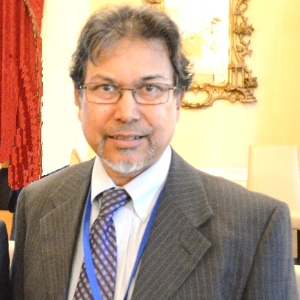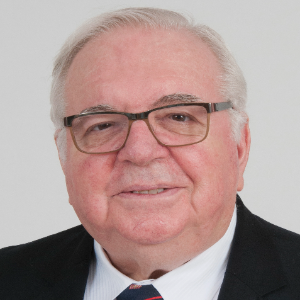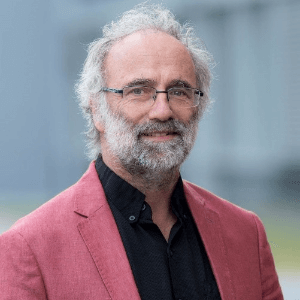Plastics are synthetic (human-made) materials created from polymers, which are long molecules made up of carbon atom chains with hydrogen, oxygen, sulphur, and nitrogen filling in the spaces. A polymer is a large molecule created by repeatedly repeating a small molecule called a monomer; "poly" means "many," therefore "polymer" is simply short for "many monomers." Plastics are used in many of the things we use on a daily basis to keep us safe. They're in the bicycle helmets, child safety seats, and car airbags that keep us safe, as well as the cell phones that keep us connected. Plastics also make the meals we eat and offer to our families safer and fresher than they have ever been.
Elastomers, also known as viscoelasticity polymers, are polymers that have both viscosity and elasticity. Elastomers are made up of molecules bound together by weak intermolecular interactions. They have a low Young's modulus and a high yield strength or failure strain. They have the unique ability to revert to their former shape and size after being stretched to extremes. Although the terms elastomer and rubber are frequently interchanged, the latter is preferred when referring to vulcanized rubbers. Diene, non-diene, and thermoplastic elastomers are the three main types of elastomers. Injection molding, transfer molding, and compression molding are the three methods for producing elastomeric parts.
- Chemical Resistance of Thermoplastics
- Film Properties of Plastics and Elastomers
- Permeability Properties
- Raw materials for plastics & elastomer
- Testing of plastics and elastomers
- The Effect of different factors on Plastics and Elastomer

Ephraim Suhir
Portland State University, United States
Thomas J Webster
Interstellar Therapeutics, United States
Robert Buenker
University of Wuppertal, Germany
Will Skene
Montreal University, Canada
Valeriy A Buryachenko
Micromechanics & Composites LLC, United States
Anis Rahman
Applied Research & Photonics, Inc, United States
Will Skene
Montreal University, Canada
Robert Guidoin
Laval University, Canada
Robert Buenker
University of Wuppertal, Germany


Title : Introducing picotechnology: An exciting extension of nanotechnology
Thomas J Webster, Interstellar Therapeutics, United States
Title : The failure of both einsteins space-time theory and his equivalence principle and their resolution by the uniform scaling method
Robert Buenker, University of Wuppertal, Germany
Title : Material challenges with proton conducting ceramics for intermediate temperature hydrogenation/dehydrogenation applications
Saheli Biswas, Commonwealth Scientific and Industrial Research Organisation, Australia
Title : Porphyrin layers at metal-electrolyte interfaces monitored by EC-STM and CV
Marek Nowicki, University of Wroclaw, Poland
Title : Color control of electrochromes by structural modification
Will Skene, Montreal University, Canada
Title : Make experiments more efficient: Two simple and powerful approaches. Mg2Si growth for photovoltaic and thermoelectric applications
Alexander S Gouralnik , Institute of Automation and Control Processes, Russian Federation
Title : Reconfigurable antenna structures using tunable materials
Nasimuddin, Institute for Infocomm Research, Singapore
Title : (0, 1 and 2) Dimensional hybrid architecture of the synthesized materials leads the smart sensing of the gaseous species at low/room temperature
D R Patil, North Maharashtra University, India
Title : Enhanced grain refinement, precipitates regulation, and improved mechanical properties of cast Al-Li alloy by Ti addition and heat treatment
Lixiong Shao, Shanghai Jiao Tong University, China
Title : Broadband sound attenuation of shape memory polymer with triangular-honeycomb unit cell metamaterial structural design
Musaab Ejaz, Universiti Teknologi PETRONAS (UTP), Malaysia